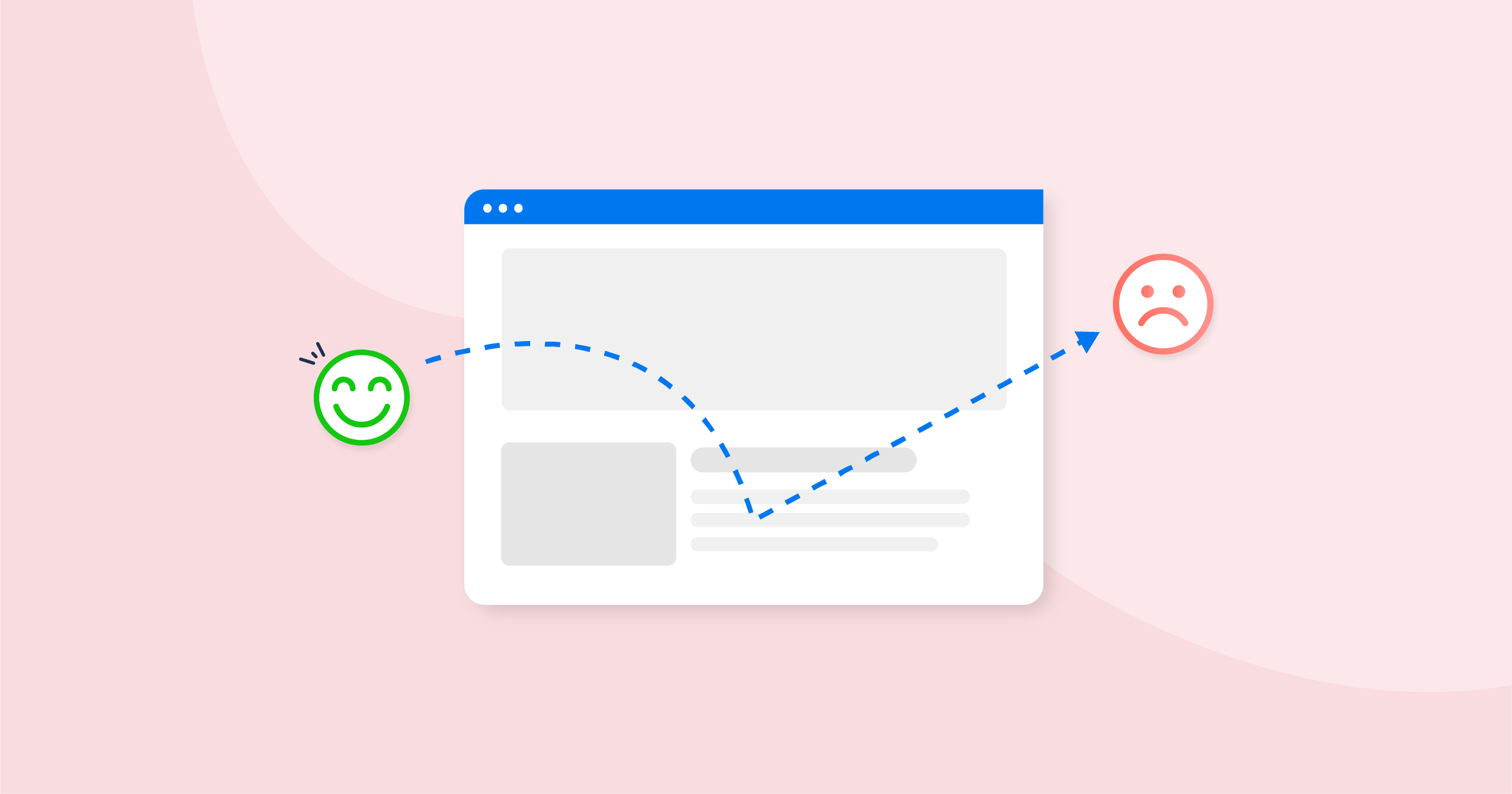Email marketing is a powerful tool for businesses to reach out to their customers and promote their products or services. However, not all emails are delivered successfully. Some emails are returned to the sender, and this is known as a bounce. There are two types of bounces: soft bounces and hard bounces. In this article, we will focus on hard bounces and their impact on email marketing.
What is a Hard Bounce?

A hard bounce is an email that is returned to the sender because it was undeliverable. This happens when the email address is invalid, the domain name doesn't exist, or the recipient's email server has blocked the email. Hard bounces are permanent and cannot be resolved by the sender. They are also known as permanent failures.
Why Do Hard Bounces Occur?
There are several reasons why hard bounces occur. The most common reasons include:
- Invalid email address: The email address does not exist or is misspelled.
- Domain name does not exist: The domain name in the email address does not exist.
- Recipient's email server has blocked the email: The recipient's email server has blocked the email due to spam or security reasons.
- Email message is too large: The email message is too large to be delivered.
What is the Impact of Hard Bounces on Email Marketing?
Hard bounces can have a significant impact on email marketing campaigns. When an email bounces, it means that the recipient did not receive the message. This can lead to a decrease in the effectiveness of the email campaign. If a large number of emails bounce, it can also affect the sender's reputation and deliverability rate.
How to Prevent Hard Bounces?

Preventing hard bounces is essential for the success of email marketing campaigns. Here are some tips to prevent hard bounces:
- Verify email addresses: Verify email addresses before adding them to your email list. Use double opt-in to ensure that the email address is valid.
- Update email list regularly: Remove invalid email addresses from your email list regularly.
- Use a reputable email service provider: Use a reputable email service provider that has a good reputation and high deliverability rate.
- Monitor email deliverability: Monitor email deliverability and take action if there is a high bounce rate.
Conclusion
In conclusion, hard bounces are emails that are returned to the sender because they are undeliverable. They can have a significant impact on email marketing campaigns and the sender's reputation. Preventing hard bounces is essential for the success of email marketing campaigns. By verifying email addresses, updating email lists regularly, using a reputable email service provider, and monitoring email deliverability, businesses can reduce the number of hard bounces and increase the effectiveness of their email campaigns.
FAQs
What is the difference between a hard bounce and a soft bounce?
A hard bounce is a permanent failure, while a soft bounce is a temporary failure. Soft bounces occur when the recipient's mailbox is full, the email message is too large, or the recipient's email server is down.
What is the impact of hard bounces on email deliverability?
Hard bounces can have a negative impact on email deliverability. If a large number of emails bounce, it can affect the sender's reputation and deliverability rate.
How can businesses prevent hard bounces?
Businesses can prevent hard bounces by verifying email addresses, updating email lists regularly, using a reputable email service provider, and monitoring email deliverability.



